Anti-Inflammatory Foods You Can’t Do Without!
When most people think of nutrition, they generally think of weight loss, consuming fewer calories, or addressing other major health concerns like diabetes, reducing cancer risk, and avoiding cardiovascular disease and strokes through healthier meal planning. However, a balanced nutritional plan is also beneficial in alleviating spinal pain.
Causes for Spinal Stenosis
Spinal stenosis is when the spine spaces narrow, putting direct pressure on the nerves. It occurs most in the lower back and the neck (cervical spine). Furthermore, it is attributed chiefly to wear-and-tear spinal tissue, which is wear-and-tear related to osteoarthritis.
What are the Right Foods for Back Pain?
A great meal plan should contain essential nutrients like proteins, antioxidants, glucosamine, chondroitin, calcium, fiber, Omega-3 and omega-9 fatty acids, Vitamins A, C, E, and Vitamin D3, Vitamin K2, and many of the B vitamins (including magnesium and iron).
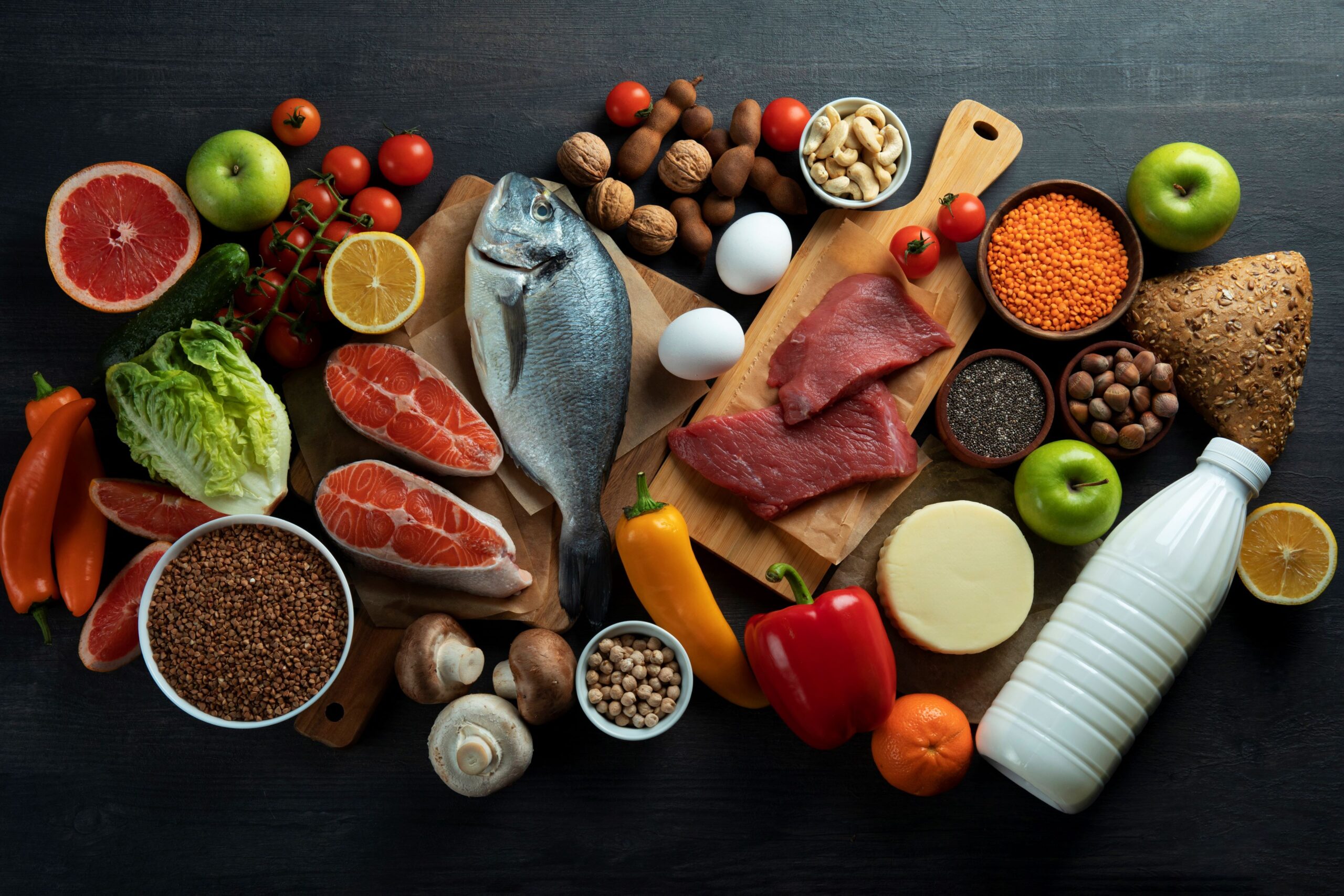
Proteins are critical building blocks for body structure, muscle growth, and bone density. Healthy proteins include chicken, duck, goose, hemp-tofu, pheasant, quail, and turkey.

Antioxidants are the body’s defenders against cell damage caused by harmful organic molecules called free radicals. Healthy antioxidants include beans, beets, blueberries, spinach, and strawberries.

Glucosamine is an amino sugar with many health benefits for the musculoskeletal system. It is suitable for osteoarthritis pain in the joints, jaw pain, knee pain, and arthritis. It is also used for weight loss. Glucosamine has several forms: glucosamine sulfate, hydrochloride, and N-acetyl glucosamine. They are all taken orally.
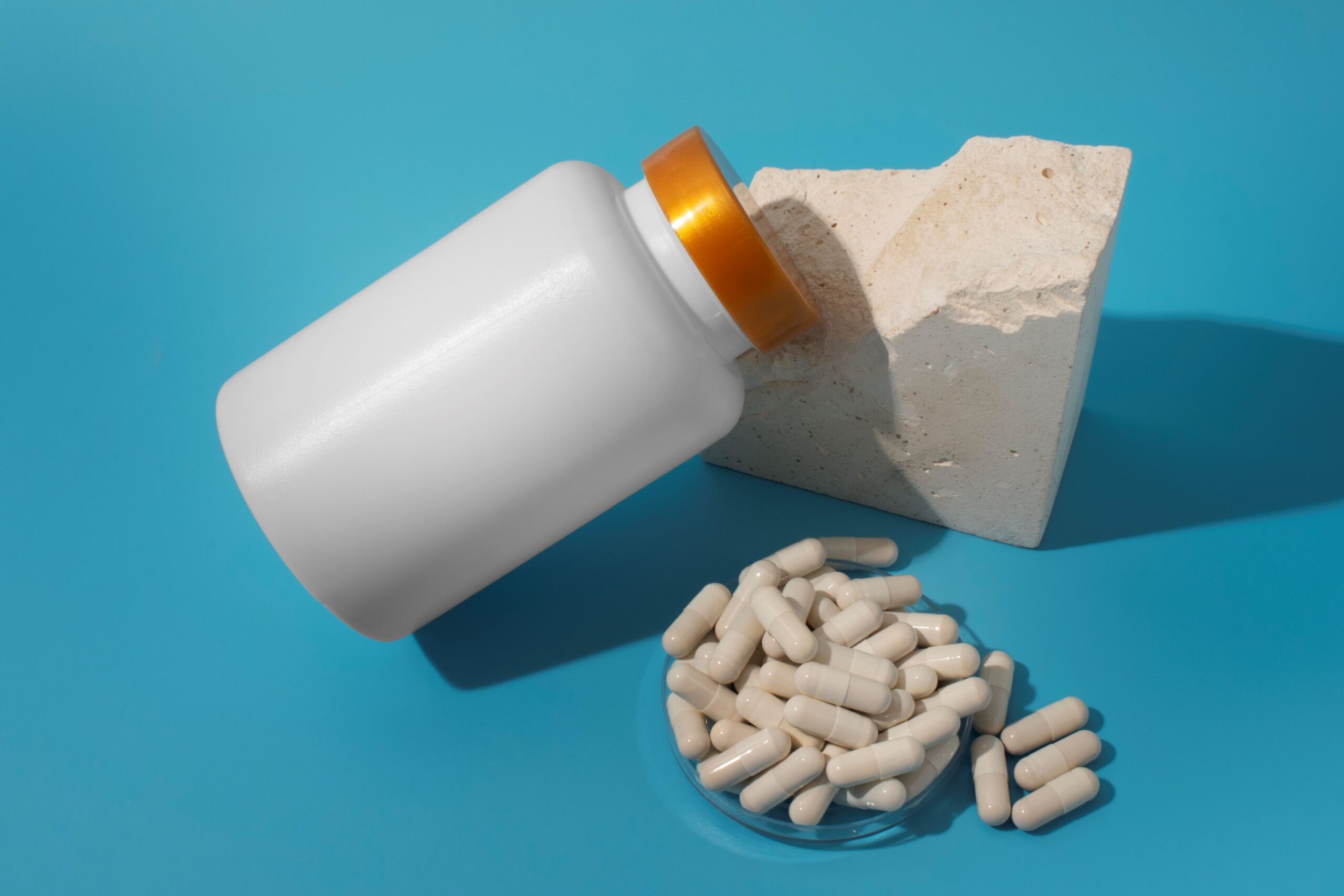
Chondroitin is a sulfated glycosaminoglycan composed of a chain of alternating sugars. It prevents cartilage from breaking down and can also stimulate its repair mechanisms, promote joint mobility, and reduce pain and the need for painkillers. Examples of chondroitin: taken orally, chondroitin is not a conventional treatment; the ideal dosage is uncertain.
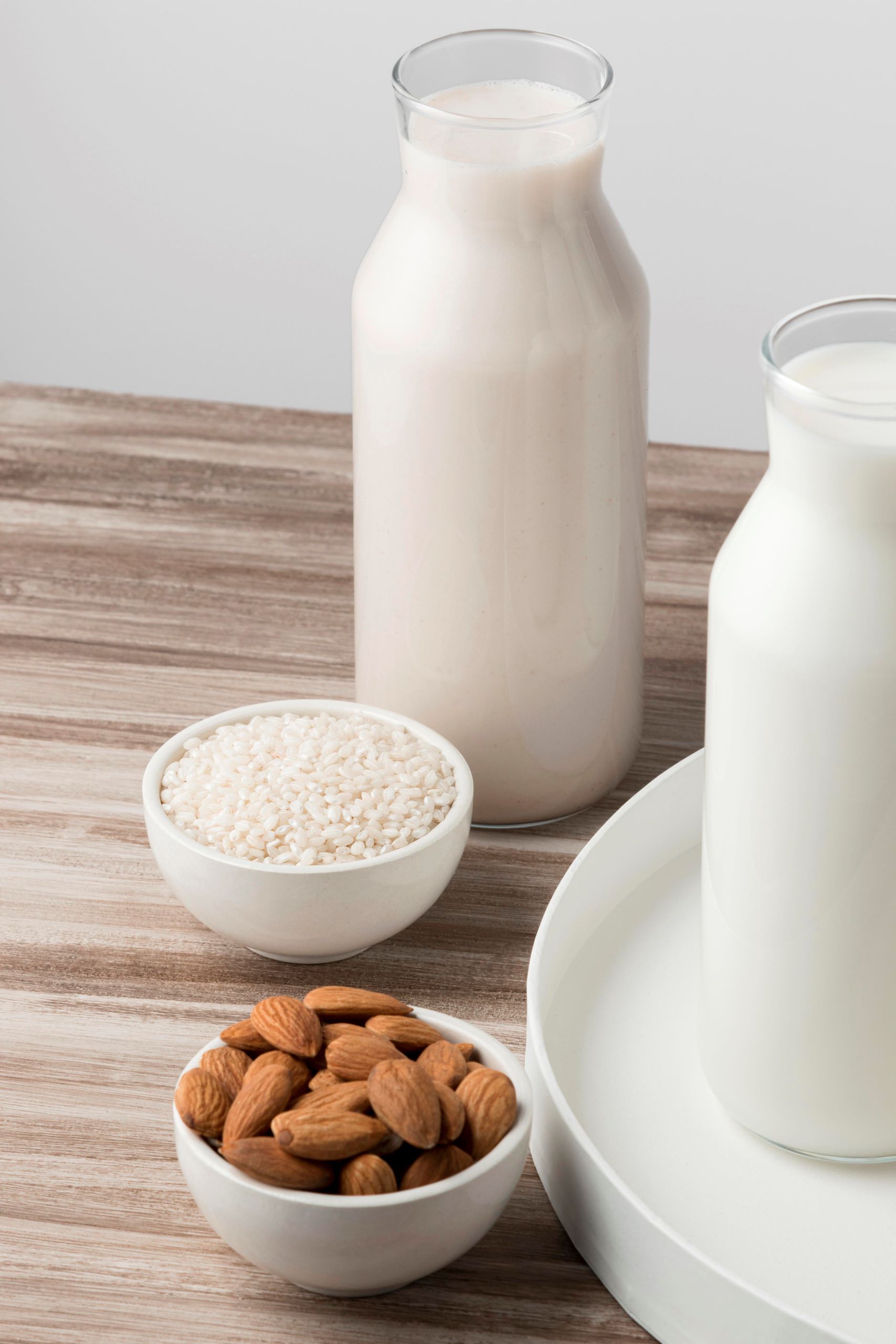
Calcium builds bones and keeps them healthy. It also allows for a healthy heartbeat and blood clotting, enabling muscular contractions. Furthermore, gender and age help determine the amount of calcium needed daily.

Fiber is a natural body cleanser in beans, fruits, grains, nuts, and vegetables. Dietary fiber comes from plant-based foods.
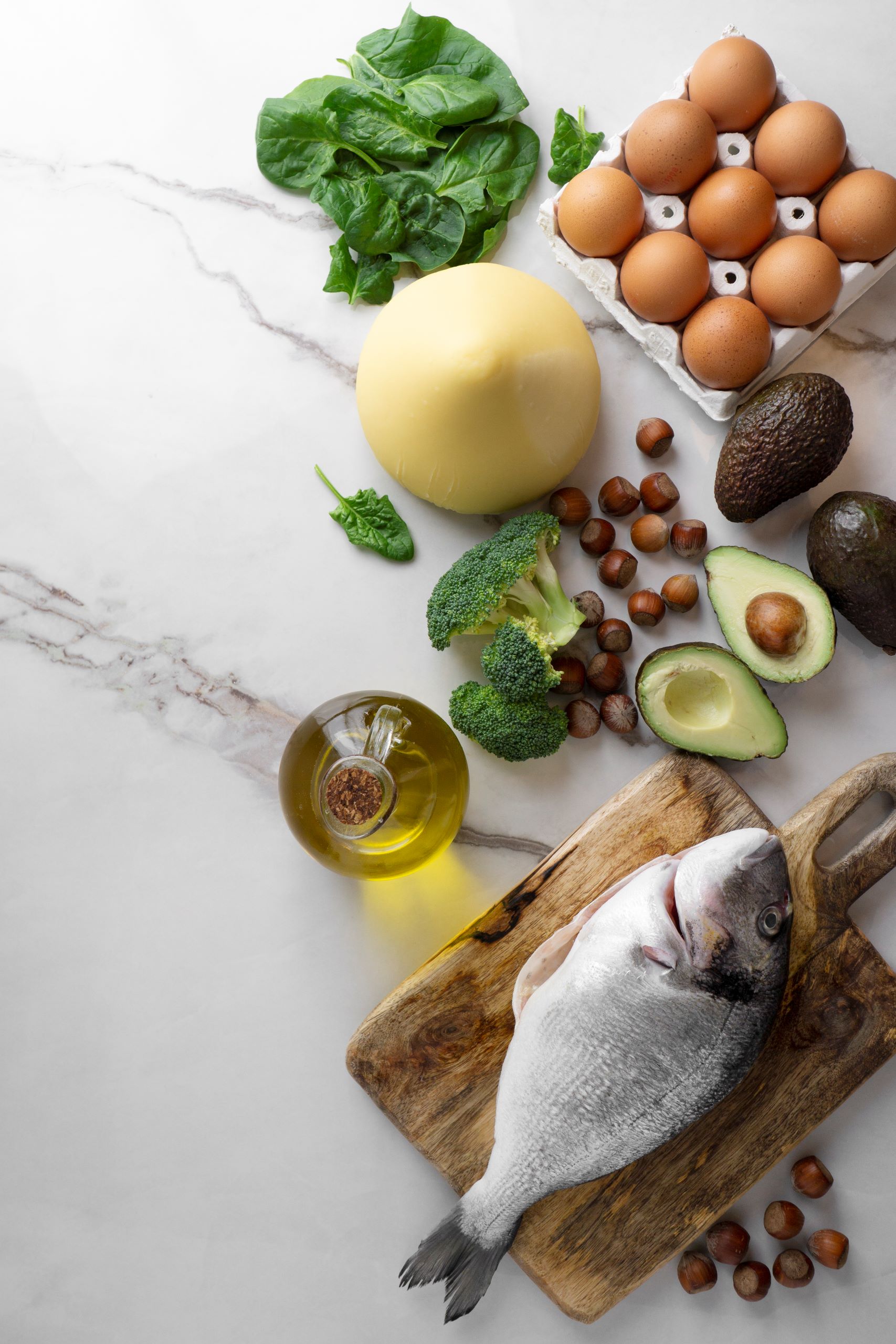
Omega-3 consists of polyunsaturated (many double bonds within the chemical structures) fats, essential fats the body cannot produce.
Examples of oily fish contain substantial omega-3 fatty acids. The American Heart Association (A.H.A.) recommends eating approximately two portions of this type of fish weekly.
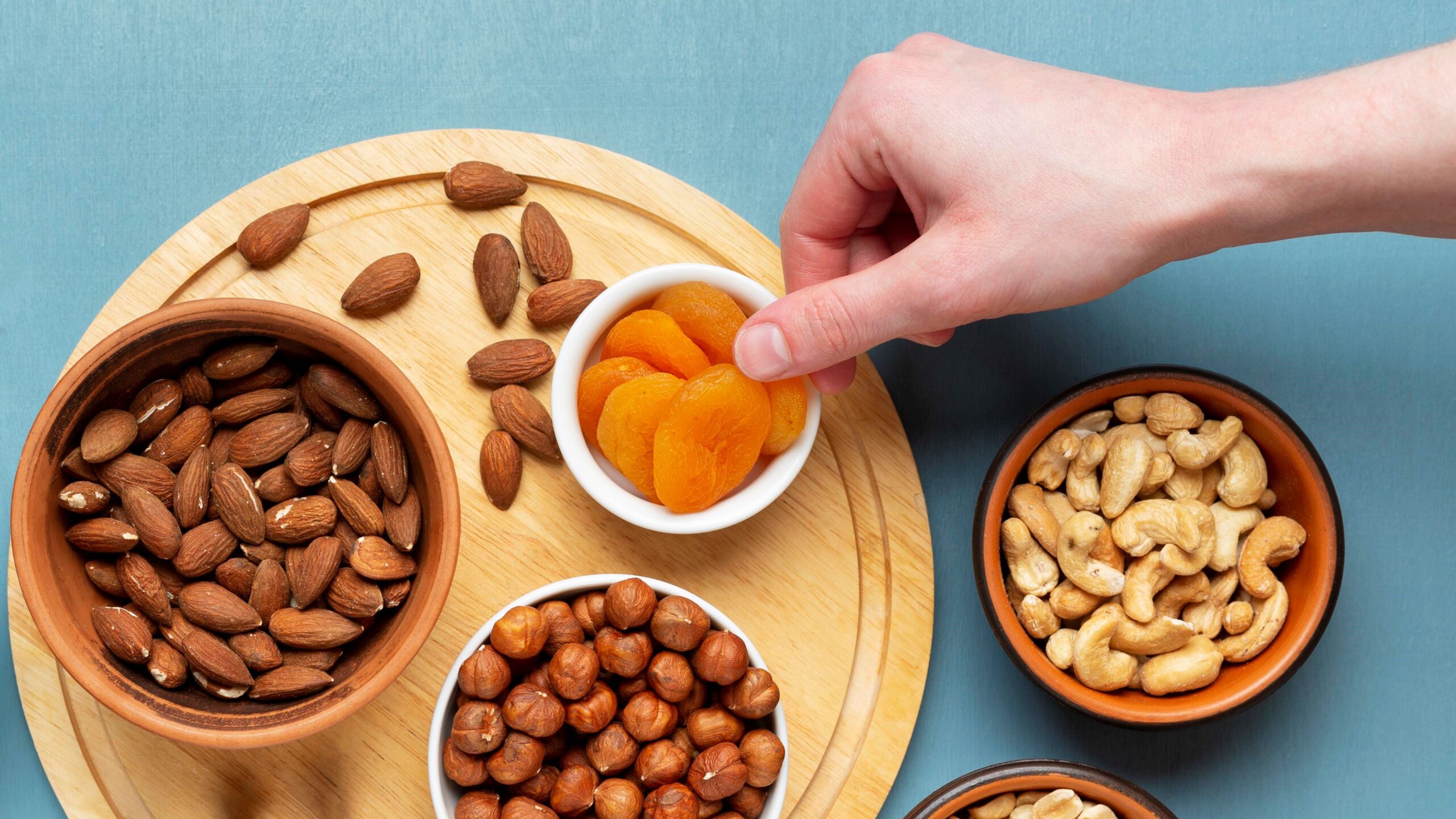
Omega-9 are monounsaturated (one double bond) fats. Unlike omega-3, the body produces omega-9 fatty acids, which are not considered essential. Examples of Omega-9 include nuts, seeds, and oils created from them.

Vitamin A is fat-soluble, which means it flows through the blood in proteins stored in fatty tissue and the liver and is absorbed in the lymph. Gender and age determine the average daily recommended amounts for Vitamin-A.

Vitamin C, also called ascorbic acid, has numerous vital functions, including enhancing healthy skin, maintaining bones, cartilage, and blood vessels, healing wounds, protecting cells, and keeping them healthy. Vitamin C is found in citrus fruits like oranges, other fruits like strawberries and blackcurrants, and vegetables like broccoli, Brussels sprouts, potatoes, and peppers.
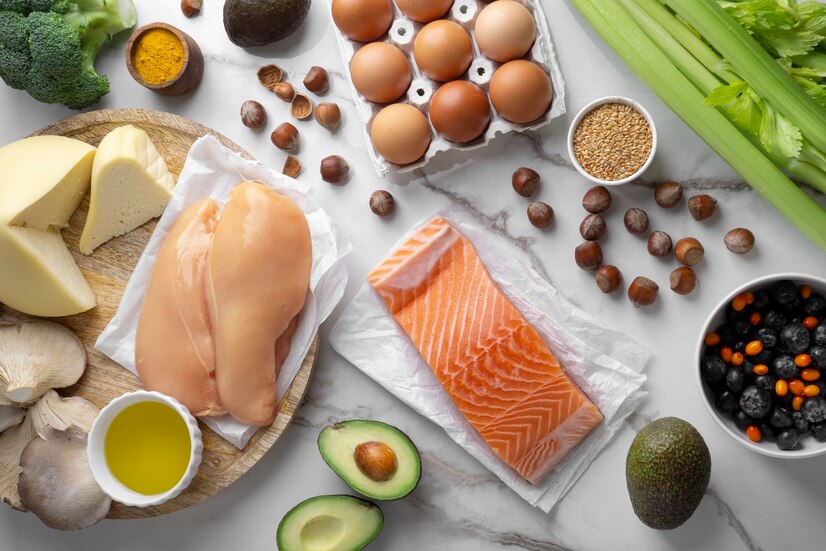
Vitamin E is not a single vitamin. Instead, it is a compound comprising a cluster of fat-soluble antioxidant vitamins. Vitamin E is in cereals, eggs, meat, poultry, vegetable oils, fruits, vegetables, wheat germ oil, or even a pill supplement.
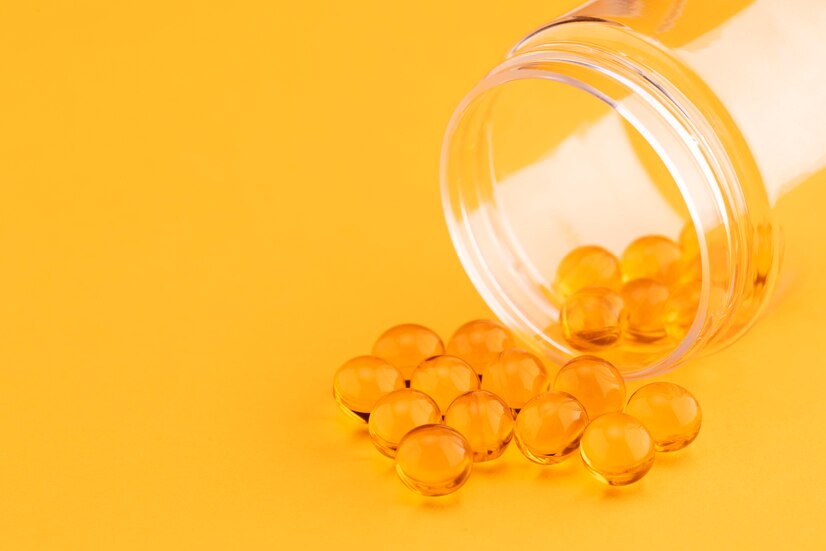
Vitamin-D3 is a group of fat-soluble secosteroids that increase the absorption within the intestines of calcium, magnesium, phosphate, and many other biological effects. Vitamin D3 is a pill taken orally.

Vitamin K2 metabolizes calcium, the primary mineral in teeth and bones. It also helps with healthy blood clotting. Vitamin K2 is found in animal foods and fermented foods. Vitamin K2 is in cultured milk and yogurt, wine, beer cider, tempeh, miso, kimchi, sauerkraut, and fermented sausage.
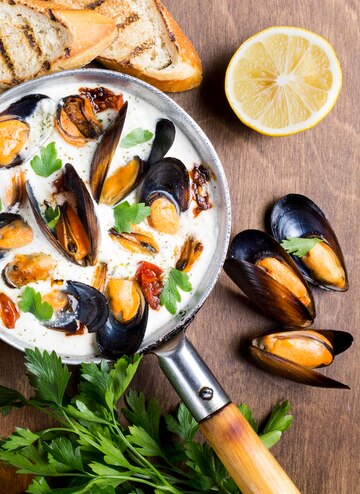
B vitamins are eight vitamins that make up the B-complex. They are thiamine (B1), riboflavin (B2), niacin (B3), pantothenic acid (B5), pyridoxine (B6), biotin (B7), folate (B9), and cobalamin (B12). Beef, eggs, leafy greens, organ meats like liver, milk, clams, mussels, oysters, and legumes (like black beans, pinto beans, and chickpeas) are among the foods that contain the B-complex vitamins.
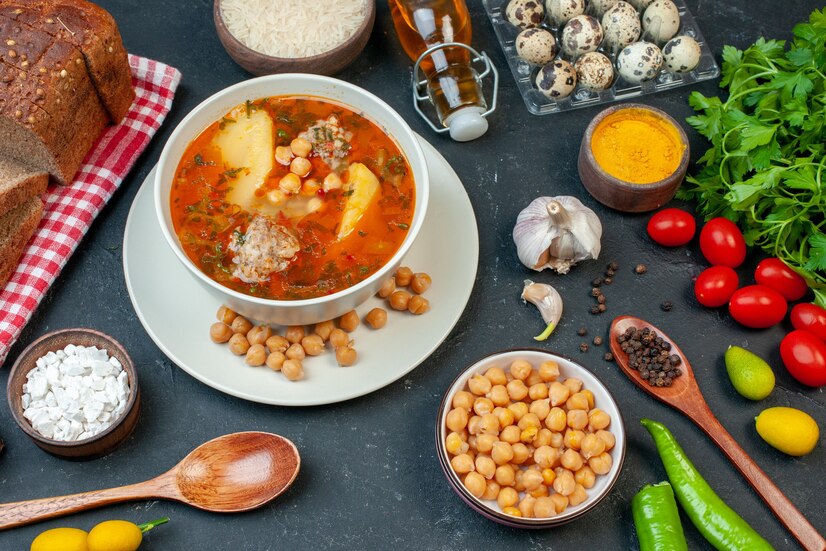
Iron and Magnesium The body requires magnesium for essential chemical reactions like blood pressure control and blood glucose levels. Magnesium is also responsible for the biological management of brain function, energy metabolism, brain and nervous system control, and the body’s protein construction.
Iron is found within hemoglobin (red blood cells), a protein that transports oxygen to tissues. Iron deficiency progresses gradually and is a significant trigger of anemia. The World Health Organization estimated that iron deficiency is behind half of all anemia cases worldwide. Foods with magnesium are legumes, green leafy vegetables, nuts, seeds, and whole grains. In comparison, iron is in fish, meat, and poultry.

Water: Drinking plenty of water aids your body in absorbing essential nutrients and minerals for ideal functional performance.
Conclusion
As a fitness specialist, I understand that flexibility movements or medication could be many people’s initial choice patterns; however, after researching this article, I discovered that the right foods are equally crucial to quelling back pain. Therefore, we all seek the foods mentioned here to provide a balanced therapeutic exercise and nutrition regimen. Our backs are calling for it!
Physical Activity in Older Age: Perspectives for Healthy Aging and Frailty
Before starting any new health and fitness program or taking supplements, it’s crucial to consult with your healthcare professional. They can provide personalized advice based on your medical history and current health status, ensuring your new regimen is safe and effective. This step helps prevent potential health risks and ensures that any changes you make are beneficial and sustainable in the long run. Your healthcare professional is your best resource for making informed decisions about your health and wellness journey.


